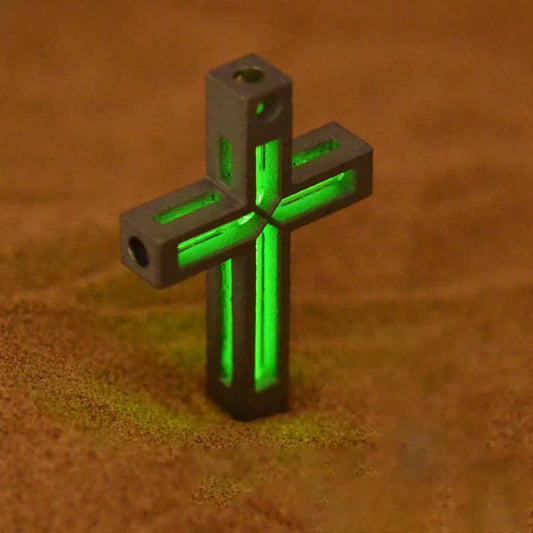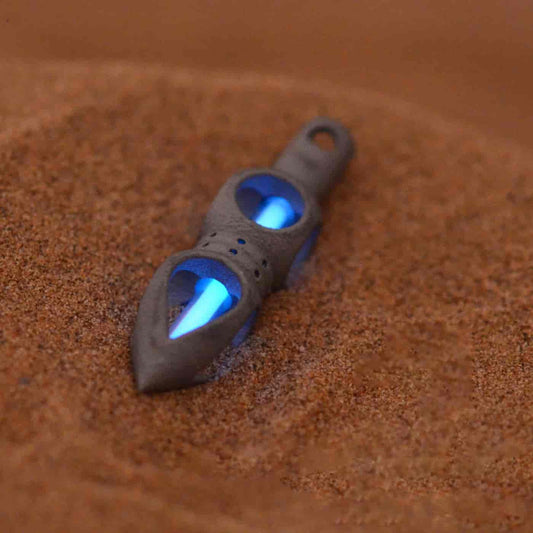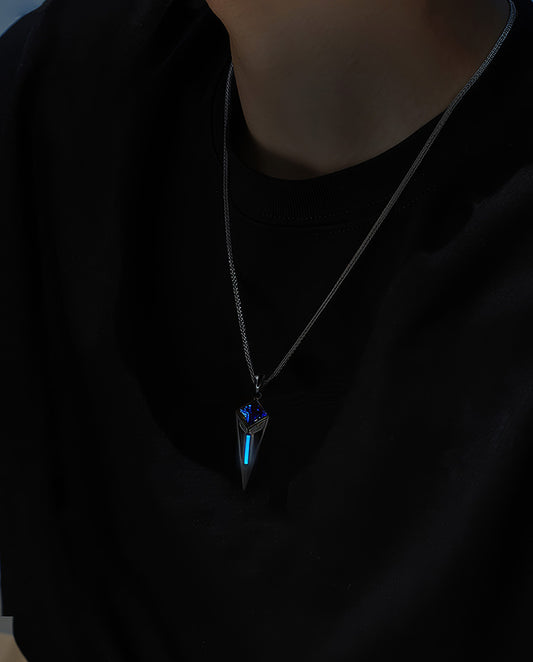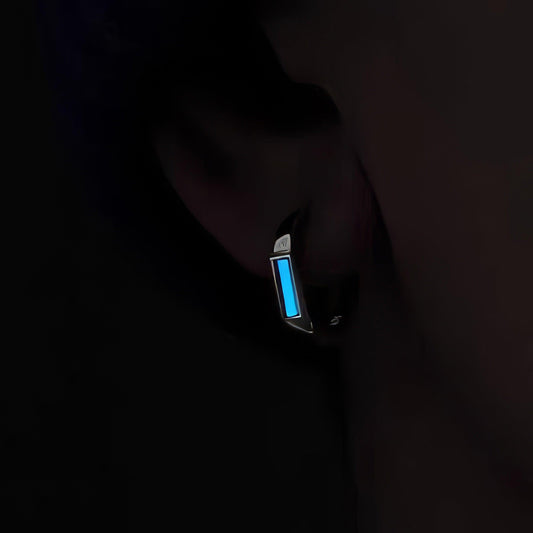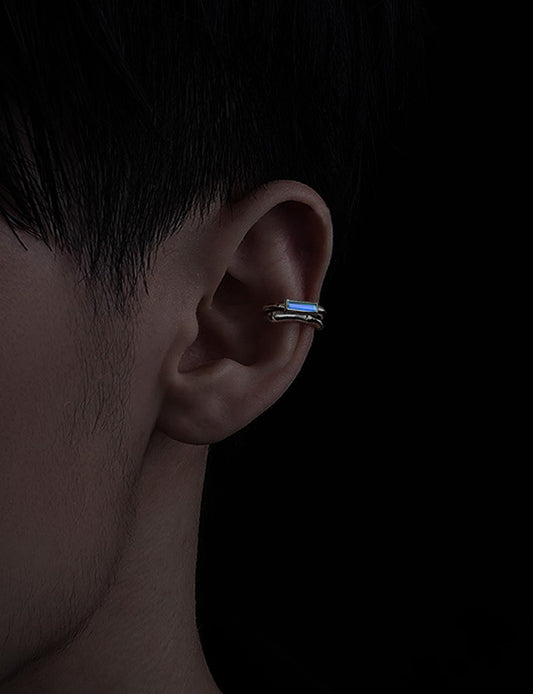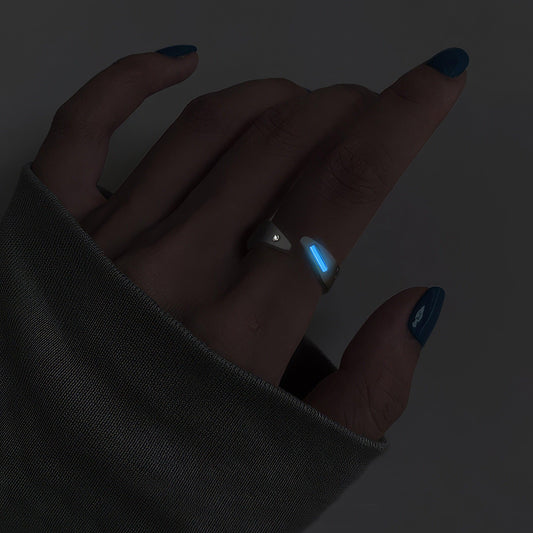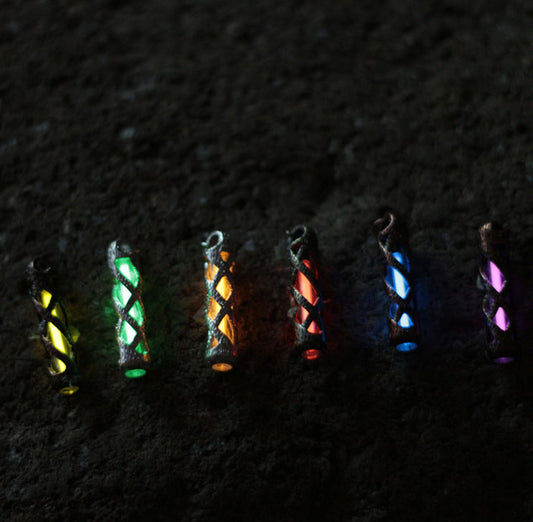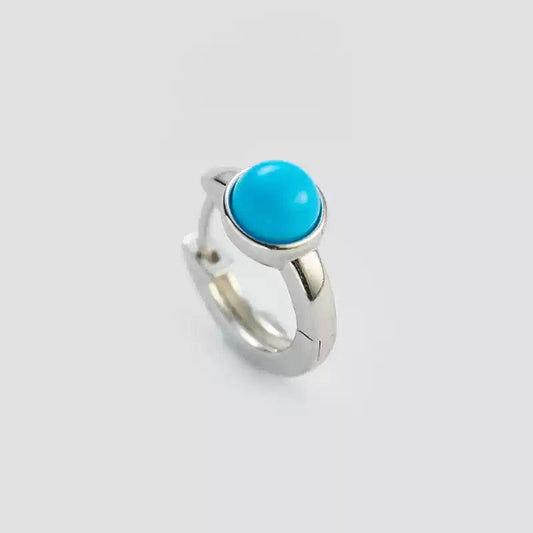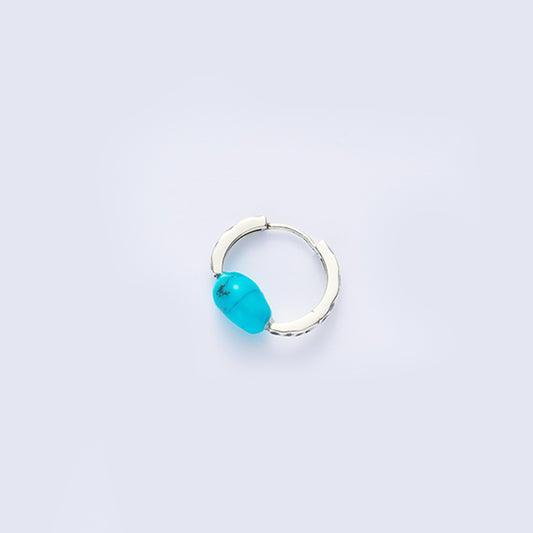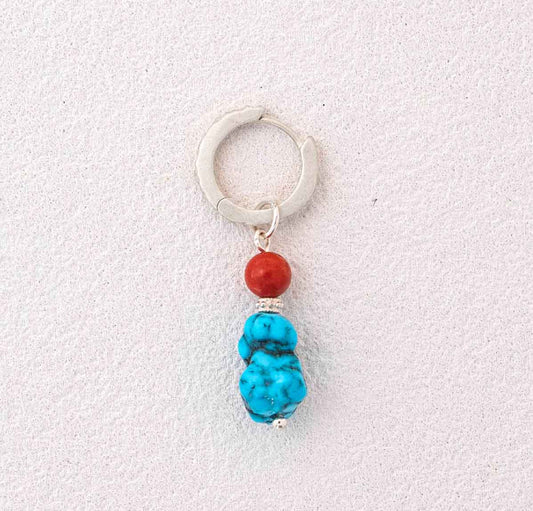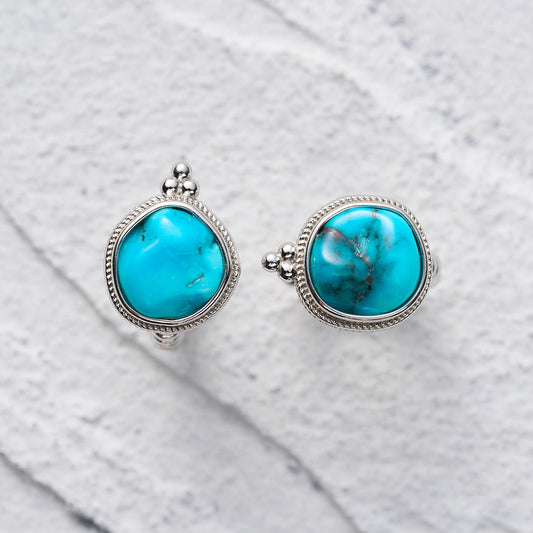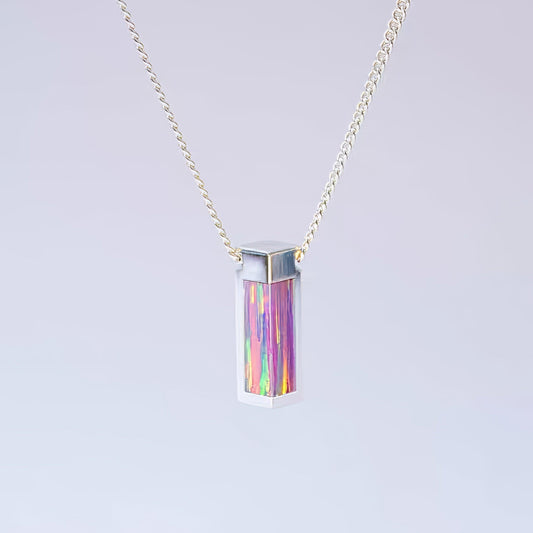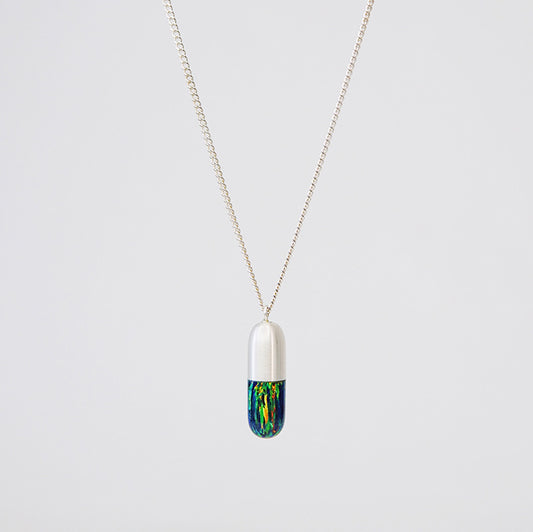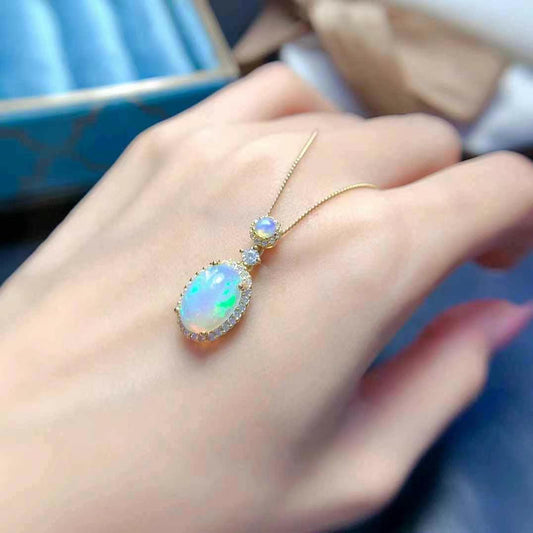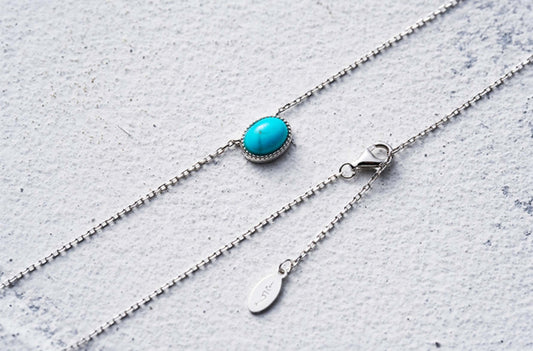What Can Break a Diamond
What Can Break a Diamond
When I was a kid, I believed diamonds were indestructible. They seemed almost like the armor of superheroes—shiny, flawless, and unbreakable. I guess some myths are hard to shake, especially when they’re wrapped up in childhood wonder. It wasn’t until a conversation over coffee with my friend Emma, who’d spent years studying geology, that I began to unravel the truth of it. “You know, diamonds can actually break,” she said casually, and I almost dropped my cup, envisioning some mythical catastrophe.
I learned that while diamonds are the hardest natural material known to man, they are not unbreakable. This was a revelation that shattered more than just my childhood misconceptions. Hardness and toughness are not the same, Emma explained. Diamonds score a perfect ten on the Mohs scale of mineral hardness, which measures a material's ability to resist scratches. However, toughness refers to the ability to withstand breakage, and this is where diamonds show a bit of vulnerability.
Diamonds have a crystalline structure with planes of weakness known as cleavage planes. With the right force and at the right angle, a diamond can indeed split. This characteristic is actually exploited during the cutting and shaping process. Expert gem cutters, who are part artist, part scientist, must know precisely how to strike a diamond so they can shape it without causing unintended fractures.
Emma’s explanation took me back to my grandmother’s ring with its perfectly imperfect diamond. It was a modest stone but had survived generations, symbolizing endurance. We always joked about how it seemed almost magical. Now, I see its resilience as a testament not just to its physical properties but to its ability to endure through care and respect.
Industrial usage also employs this concept of controlled force. Diamonds, albeit small ones, are used in cutting, grinding, and drilling tools. Their hardness makes them ideal for such tasks, but their application must still respect their structural limitations. It's fascinating how something so often associated with luxury and opulence plays a crucial role in construction, manufacturing, and even scientific endeavors.
Of course, there are more peculiar circumstances under which a diamond might meet its demise. A change in temperature extremes or an unexpected impact can lead to a crack or chip. I once heard about a jeweler's nightmare where a diamond shattered after being dropped onto a tiled floor—an unfortunate reminder of their fragility. Strange to think something regarded as a symbol of eternal love can also harbor such vulnerabilities.
My conversation with Emma gave me a new perspective on diamonds. They are intricate marvels of nature, combining resilience and delicacy, much like the complex dynamics of life itself. Next time I find myself mesmerized by one, whether in a shop window or on a friend's hand, I'll remember that beneath its dazzling exterior lies a story of natural craftsmanship and human ingenuity. Isn’t it interesting how often the most fascinating things teach us that even the seemingly invincible have their vulnerabilities?
